11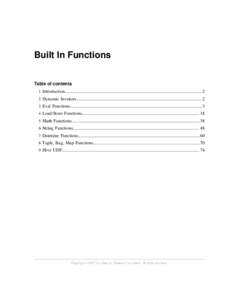 | Add to Reading ListSource URL: pig.apache.orgLanguage: English - Date: 2015-06-06 13:03:20
|
|---|
12 | Add to Reading ListSource URL: www.wateradditives.comLanguage: English - Date: 2015-11-16 14:42:19
|
|---|
13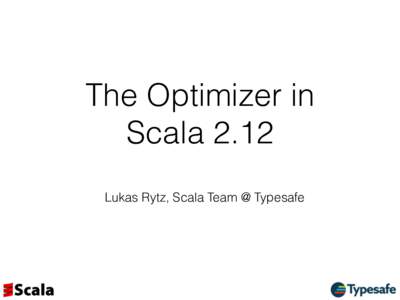 | Add to Reading ListSource URL: dl.dropboxusercontent.comLanguage: English |
|---|
14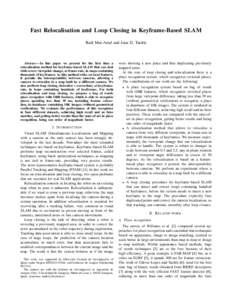 | Add to Reading ListSource URL: webdiis.unizar.esLanguage: English - Date: 2014-05-26 12:28:15
|
|---|
15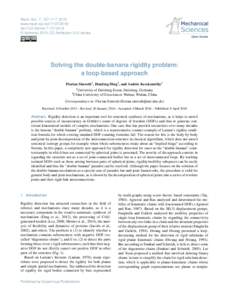 | Add to Reading ListSource URL: www.mech-sci.netLanguage: English - Date: 2016-04-08 05:50:14
|
|---|
16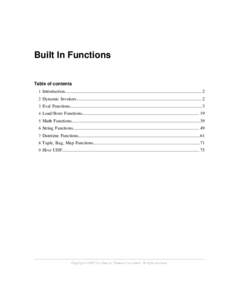 | Add to Reading ListSource URL: pig.apache.orgLanguage: English - Date: 2016-06-08 16:05:33
|
|---|
17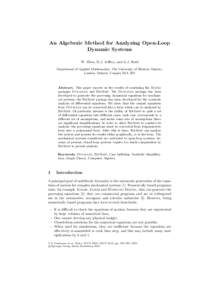 | Add to Reading ListSource URL: www.apmaths.uwo.caLanguage: English - Date: 2005-04-04 23:01:36
|
|---|
18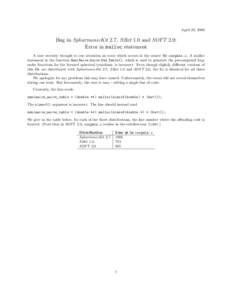 | Add to Reading ListSource URL: www.cs.dartmouth.eduLanguage: English - Date: 2008-04-23 10:20:05
|
|---|
19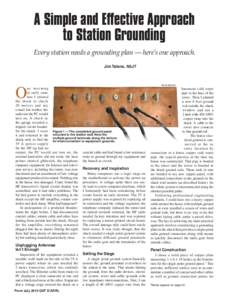 | Add to Reading ListSource URL: www.cwops.orgLanguage: English - Date: 2014-07-19 11:23:59
|
|---|
20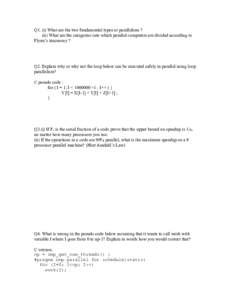 | Add to Reading ListSource URL: spcl.inf.ethz.chLanguage: English - Date: 2014-11-06 11:51:25
|
|---|